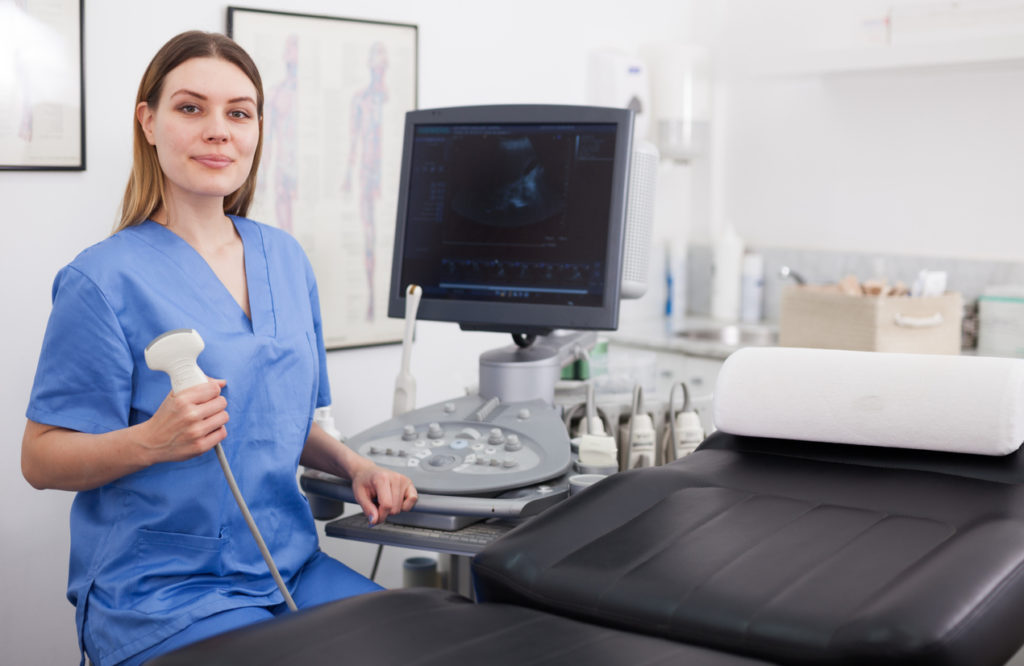
Ultrasound technician
An ultrasound technician in Nagpur, also known as a diagnostic medical sonographer, is a medical professional who uses special equipment to capture images of the internal structure of the body. They essentially work hand-in-hand with radiologists, physicians, and other health care professionals in providing images and information to aid in the diagnosis and treatment of various medical conditions.
What Does an Ultrasound Technician Do?
Key Responsibilities of an Ultrasound Technician
Perform Diagnostic Imaging Procedures
Ultrasound technicians conduct ultrasound scans on patients using advanced imaging equipment. They ensure the images are clear and accurate for diagnostic purposes.
Prepare Patients for Procedures
They explain the ultrasound process to patients, answer questions, and position them correctly to obtain the best possible images.
Analyze Imaging Results
They explain the ultrasound process to patients, answer questions, and position them correctly to obtain the best possible images.
Maintain Equipment
They explain the ultrasound process to patients, answer questions, and position them correctly to obtain the best possible images.
Document Patient Information
Ultrasound technicians maintain detailed records of patient histories, imaging results, and physician notes.
Collaborate with Healthcare Teams
They work alongside radiologists, physicians, and other healthcare professionals to provide comprehensive patient care.
Skills Required to Excel as an Ultrasound Technician
- Technical Proficiency: Mastery of ultrasound equipment and imaging software.
- Attention to Detail: Ability to identify subtle abnormalities in imaging results.
- Communication Skills: Clear and compassionate communication with patients and healthcare teams.
- Problem-Solving Abilities: Quick thinking to troubleshoot equipment issues or adapt to patient needs.
- Physical Stamina: Ability to stand for long periods and assist patients with mobility challenges.Contact Us
Conclusion
A career as an ultrasound technician offers a perfect blend of technology, patient care, and diagnostic expertise. With the right education, certification, and skills, you can embark on a rewarding journey in this growing field. Whether you’re just starting or looking to advance your career, the opportunities for ultrasound technicians are vast and fulfilling.Schedule your Consultation with Dr. Ritesh Nawkhare
